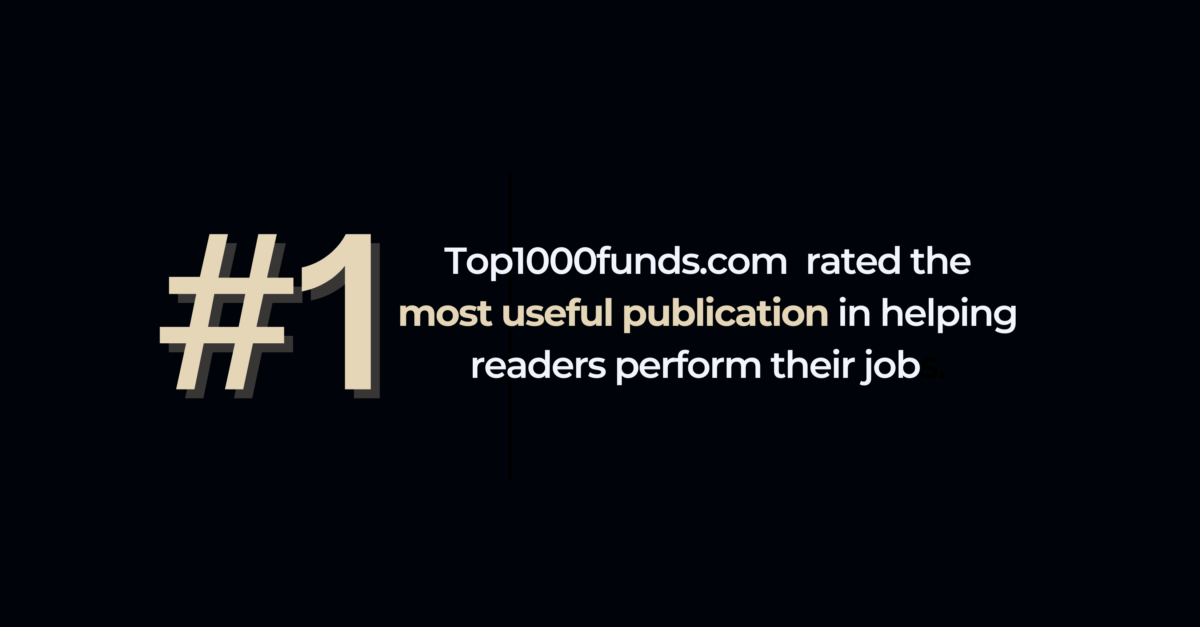Investors still rely, to a great extent, on past performance to assess managers’ future performance.
Rather than rely on past performance outcomes to predict future results, a new paper, The predictive power of portfolio characteristics, argues that it is possible to improve the ability to predict future long-term success by identifying and measuring selected portfolio characteristics that are embedded in each manager’s process. The authors look at active share (AS) and a concentration coefficient (CC).
Assuming these characteristics are relatively stable over time, this approach complements long-term performance and attribution analysis and should increase an investor’s ability to identify portfolios with future performance potential.
The key points in the paper are:
• Active Share has some predictive power in ranking prospective information ratios of funds in an equity universe
• Based on the Fundamental Law of Active Management, combining AS and CC appears to improve the Law’s predictive power. (The evidence is indicative, rather than conclusive, and needs additional research over extended periods and broader equity universes.)
• For investors and managers, this approach may provide a useful complement to their current methods of manager comparison.
• These preliminary conclusions suggest that achieving high AS by constructing increasingly concentrated portfolios (i.e., reducing the CC) may be counterproductive in terms of a prospective peer ranking. Instead, managers may do better by seeking to increase both.
• The implication is that making fewer but larger “bets” (increasing AS, reducing CC) may only be justified if the manager has (or at least believes it has) increased skill in making each of those bets.
• The corollary is that if a manager can maintain or increase its skill across a wider number of stocks (for example through additional analytical coverage), then it should benefit by increasing the portfolio’s CC (diversification) as long it also maintains its AS.
These preliminary conclusions suggest a modification of a presumption that seems to be common in the investment industry: that fewer, bigger “bets” will generally lead to a better outcome (and this presumption has been reinforced with the emergence of AS as a widely used metric).
The authors find that a better approach may be to increase the combination of AS and CC (as long as this does not diminish the manager’s stock-selection skill).
“This is not easy. It typically requires the manager to own a wider selection of stocks, but maintain or increase the weighting differences of those stocks from the index. The question for investors is whether the managers have the resources to do this effectively, maintaining the same level of stock-picking ability,” the paper says.
The authors acknowledge the limited scope of the data, and that these results are indicative, not conclusive. They invite other researchers including academia and practitioners to contact them to explore this concept further on a collaborative basis. The goal is to test this methodology across broader universes and more extended time periods, with the expectation of improving the model and its predictive power.
To access the paper by Barry Gillman who consultants to the Brandes Institute and Erianna Khusainova and Juan Mier from Lazard Asset Management, click below



